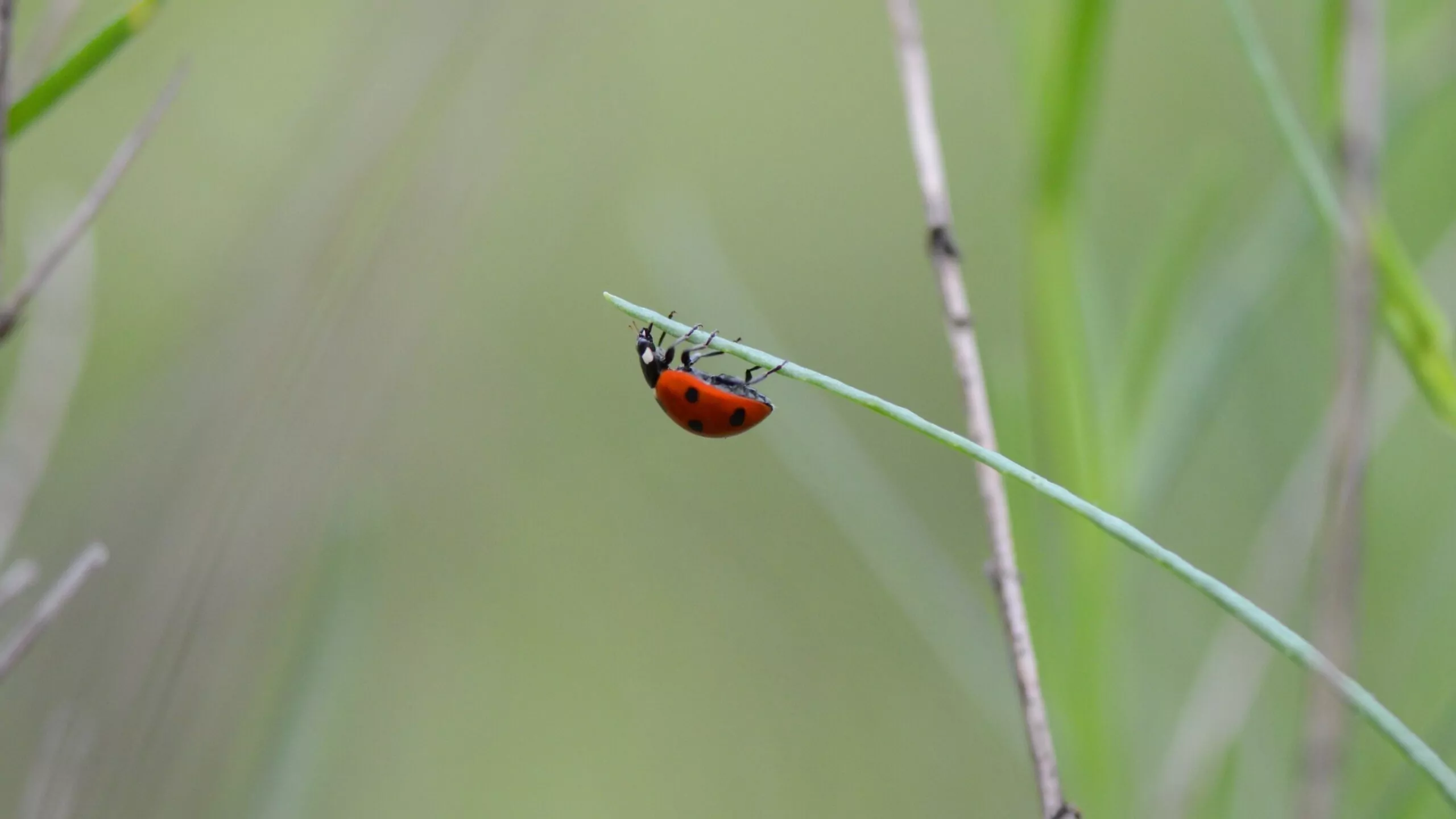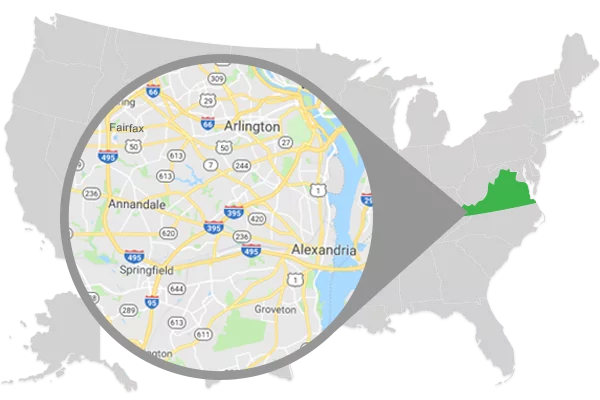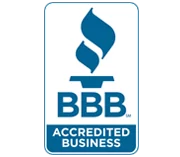
Nature’s Pest Control
Ladybugs also known as lady beetles are insects that are actually part of the beetle family not the bug family. There are 400 species of ladybugs in the United States and over 4500 species in total according to some entomologists. Ladybugs are found all over the United States with the largest variety of the species being in Florida, where there are 95 different species of ladybugs. They can range in color from yellow to orange or red and from brown to a shiny black shade. They have black spots or blurred spots on their bodies. They fly and are predators to some insects that are harmful to plants.
There are many names that a ladybug may be referred to as. Some include a gardener’s friend and the T-rex of the insect world. They are sometimes referred to as nature’s pest control because of their abilities to eat so many insects. Ladybugs can eat up to 50 insects of a certain variety in a single day. Both the adult ladybugs and their larvae eat large amounts of pests. They are known as a beneficial insect because of the significant role they play in the upkeep of the food chain and conversely, the animal kingdom. Some other beneficial insects are lacewings and parasitic wasps. These insects, similarly to ladybugs, will feast on aphids and help to diminish their populations in certain areas.
How can they be implemented as pest control?
Sometimes people will purchase excessive amounts of ladybugs and introduce them to the areas where they are experiencing pest problems because the ladybugs will feed on them and get rid of whatever population is causing harm. Insects can be nuisances and cause issues with plants or even just pester people or pets. Ladybugs lay their eggs starting in May all the way through late October. When larvae hatch they must pass through four stages called larval instars. Once they reach adulthood, they will most likely live for between two and three years. ladybugs will eat approximately 5000 aphids in their lifetime.
What are aphids?
Aphids are soft-bodied, sap-sucking insects that are juicy plant pests. They suck the nutrients out of plants, often weakening them or even potentially killing them in the process. The fruits and the flowers on the plant will be damaged and can prove to be a significant issue. Aphids can vary in color but most often tend to be green or white. The other colors they can be are yellow, red, pink, brown, black or mottled. Some common aphids that ladybugs consume are mites, fleas, cabbage and wooly apple aphids. Many people might see ladybugs as a pest or nuisance or insects that may compromise their home or plants, but ladybugs are incredibly useful and helpful. Aphids cause damage to plants such as flowers but can also ruin crops that are utilized as food sources. Aphids are small and often go unnoticed because of their size.
What does aphid damage look like?
Aphids, when they are on their own, don’t have the ability to cause much damage, but when they are together in large numbers, they can leave sticky honeydew in places which will eventually turn into sooty mold fungus. The mold fungus can make the plants look black and can kill plants such as roses and other plants and crops. The aphids are often difficult to see because they hide inside the curling leaves of plants making them unnoticeable. Some other signs of an aphid infestation are stunted, misshapen or yellowing leaves on plants. Fruit and flowers can appear distorted or deformed, because the aphids have been feeding on them. Aphids can transmit diseases between plants and occasionally the plants infected by aphids will begin to grow galls or warts or tumor-like growths on the roots and leaves. An interesting fact is that some species of ladybug can be vegetarians and feed on the mold produced by the aphid instead of the aphid themselves.
How to control aphid infestations
One way to remove aphids from plants is to spray the plant with water. Alternatively, you can put flour on the plants or spray them with neem oil and other various oils or use an insecticidal soap. The water works to remove and displace the aphids, making it harder for them to return to the same plant. Dusting flour on the plants makes aphids constipated and therefore less likely to stick around where the plants are. The neem oil, horticultural oils and insecticidal soaps work by making the plants taste bad for the aphids. Additionally, there are some plants that act as natural repellents and attractants. Mustard plants and nasturtiums are two plants that aphids particularly enjoy and will be drawn to. After an aphid eats from the mustard or natrium plant, their taste will be spoiled and eating from fruit trees will taste bad to them and they won’t eat from them. Garlic and chives also work in this same way, so it is good to plant these in your garden to act as deterrents from the other flowering or fruit plants. Catnip is also a natural deterrent plant that acts to keep the aphids away from your garden. It is good to be plants to keep them and their damaging effects away.
When might you need pest control services?
While ladybugs are effective at keeping aphids away, they are not always the most trustworthy solution to a pest situation. For more advanced or difficult problems or to solve a problem with non-aphid insects, it’s best to hire a skilled pest control company. Pest control services are quicker and more efficient than ladybugs. Here at Summit, we have some of the best pest control technicians who are skilled and trained to remedy virtually any pest problem you may be facing. The next time you see a ladybug, it is not just a beetle, but it’s also a crucial part of the ecosystem and plays a role that will make our life easier. For more information or to schedule a free estimate, contact us today.












